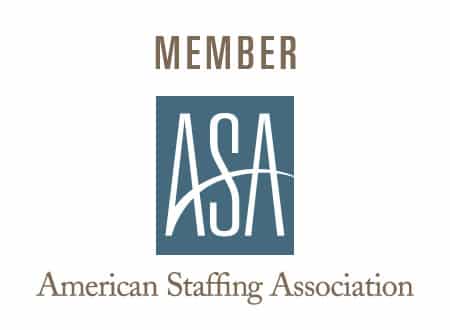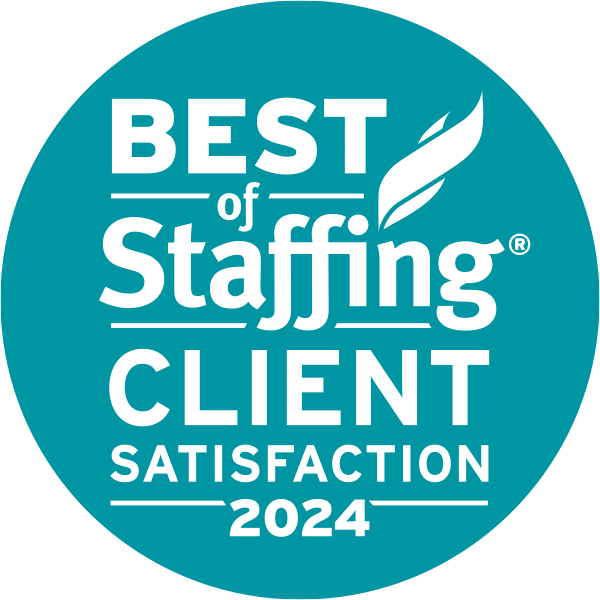Still trying to do it faster – and better – with fewer resources?
It’s time to change your staffing strategy.
When the Great Recession started, businesses throughout Middle Tennessee were forced to operate in “survival mode” – where slashed budgets, layoffs and fierce competition were the norm.
Many refer to this practice as “running lean” or “doing more with less.” And while it may produce short-term gains in productivity and profits, over time it places unrealistic expectations on your workforce – exposing you to unforeseen and unacceptable risks, including:
People problems. As employees stretch to meet job requirements, stress levels rise and job satisfaction levels plummet. An overworked, over-stressed workforce drives up absenteeism, turnover, workers’ compensation claims, healthcare expenses and the amount of management needed.
Business problems. Tight deadlines, demanding projects and volatile workloads are just the nature of doing business in our economy. But if employees are constantly under pressure to deliver beyond their abilities, attention to detail takes a back seat. Mistakes increase. Deadlines are missed – as are opportunities for new business. These business problems wind up costing you money – and customers.
Now that our economy is expanding (albeit slowly), the companies that fail to ensure exceptional quality and capitalize on new opportunities put themselves at a significant, long-term disadvantage to those who staff their businesses adequately.
“Doing more with less” is no longer a smart business strategy. If it’s still your operational norm, here are a few ideas for turning things around:
- If you’re short-staffed because you just can’t find the right talent:
- Tap your network. Ask former employees, suppliers, customers and social media contacts to spread the word on your behalf and refer potential candidates.
- Leverage LinkedIn. Conduct an “Advanced” People Search for candidates, and then dig deeper. Once you’ve created a primary list, go to each candidate’s profile and use the “People Also Viewed” bar to develop a secondary list of candidates.
- Use specialized recruiters. Find a staffing or recruiting firm with expertise in the areas where you’re most understaffed. Leverage their vast candidate networks, advanced recruiting technologies and economies of scale to improve candidate quality, shorten time-to-hire, lower cost-per-hire, reduce hiring risks and free-up more time to focus on core business issues.
- If you’re still under a hiring freeze:
- Make your case. Explain the negative consequences of understaffing to key decision makers in your business. Illustrate how expanding your staff could help you improve quality, seize new business opportunities, boost profitability, and retain key employees and clients.
- Use temporary or contract professionals. Bring in qualified contingent workers to help complete projects, meet deadlines and alleviate stress on your direct employees.
- Use payroll services to retain qualified workers you recruit until you can hire them directly.
Regardless of the reason your business is understaffed, Wood Personnel is ready to help. Together, we can assess your concerns, brainstorm options and design smart alternatives that alleviate the personnel and business problems chronic understaffing causes. Contact our Middle Tennessee staffing service today.


